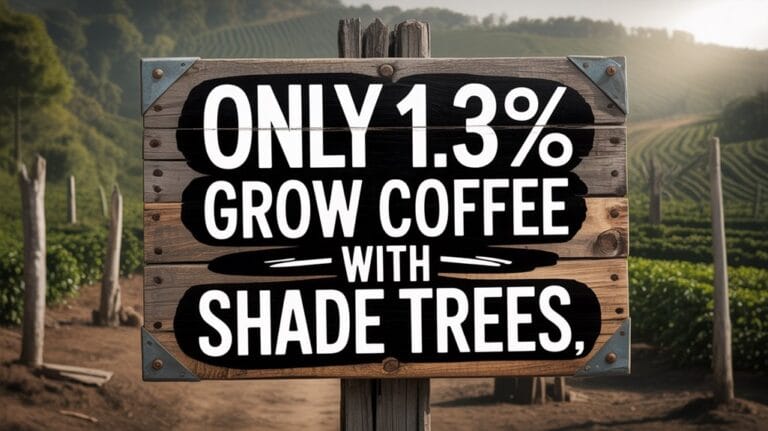Clutching sacks of sun-dried coffee, smallholders in southern Laos are saying “no thanks” to growing their beans among trees. Farmer skepticism runs high because they fear yields will drop in the initial years and money will shrink.
Village talk repeats agroforestry misconceptions: shade equals disease, trees steal water, and profits come only after decades. Most growers have never tried Kong Pa, the small local agroforestry setup, unless outsiders bring free seedlings and daily wages. Without tractors or pruning tools, extra labor falls on families already pressed for cash.
Prices still reward volume alone. Traders weigh bags, check the bean type, note if it is washed or natural, then pay fast. Agroforestry beans that taste better cannot yet ask for a higher price, so few dare to switch. Foreign-owned estates on the plains ship big lots to Vietnam, pushing small farm prices downward. Organic branding exists in city cafés, yet on the farm it means nothing on the scale.
Volume beats flavor: traders pay by the bag, never by the taste.
Rooted habit also blocks change. Year after year farmers torch hills and plant corn for quick income. Coffee must wait three to six years for any return, and hill-tribe families depend on yearly crops for rice and food. Investment feels too risky when credit cards, tractors, or savings are absent. Elders counsel sticking with the way grandpa farmed.
Climate adds to the worry. Hot spells and surprise frost bite leaves. Drought after harvest leaves trees thirsty. Agroforestry could cool the ground and keep moisture longer, but testing this means trusting years of nature and markets at once. An inter-village survey last harvest season found only 1.3% of highland households had actually maintained shade trees alongside their coffee rows.
Recent trainings run by NGOs have raised the share of women in farm meetings; their raised hands show more openness yet cannot erase decades of doubt. Donors hand out seedlings of avocado and shade trees, run day-long pruning classes, and talk of future premiums. Attendance is high when lunch is free, but years later most plots edge back to clear sun-grown lines of coffee.
Still, slow adoption among smallscale growers remains an under-reported reality, even as outside voices hail agroforestry as the answer to climate threats.





